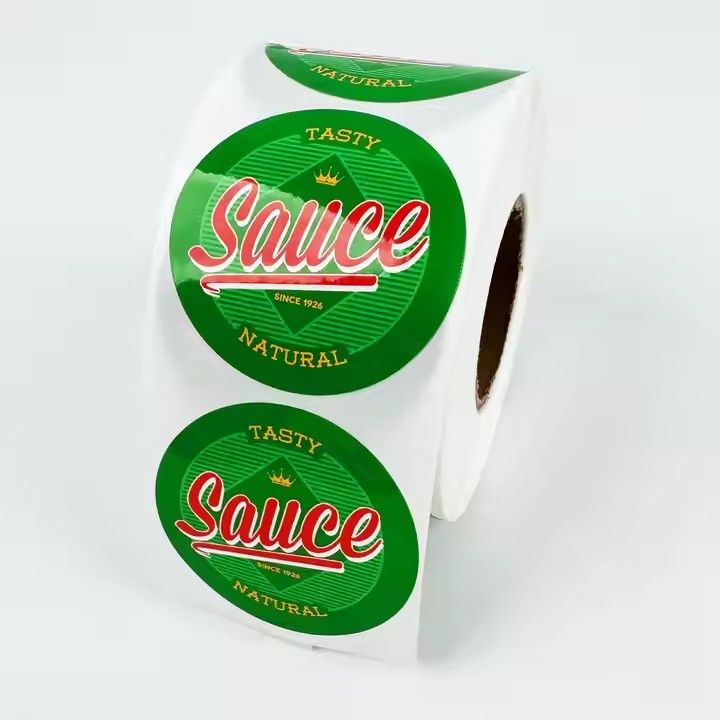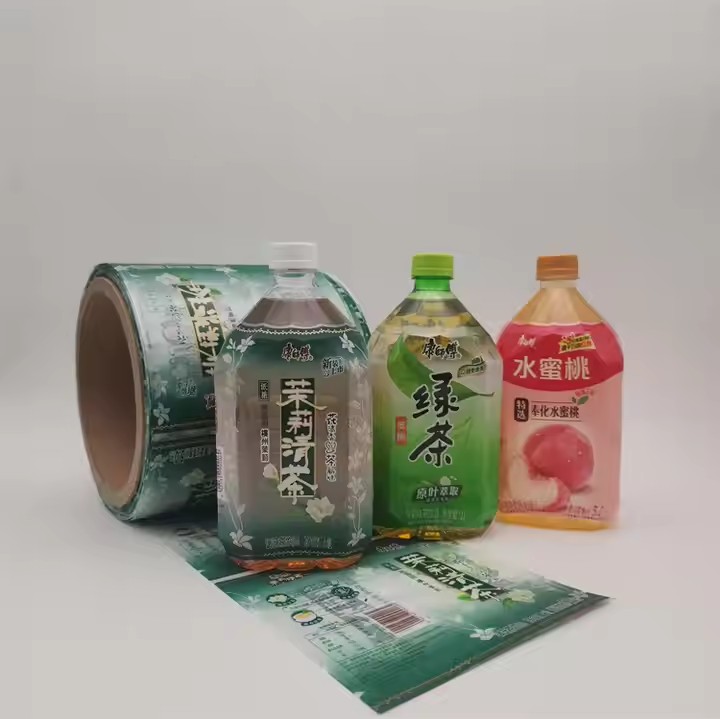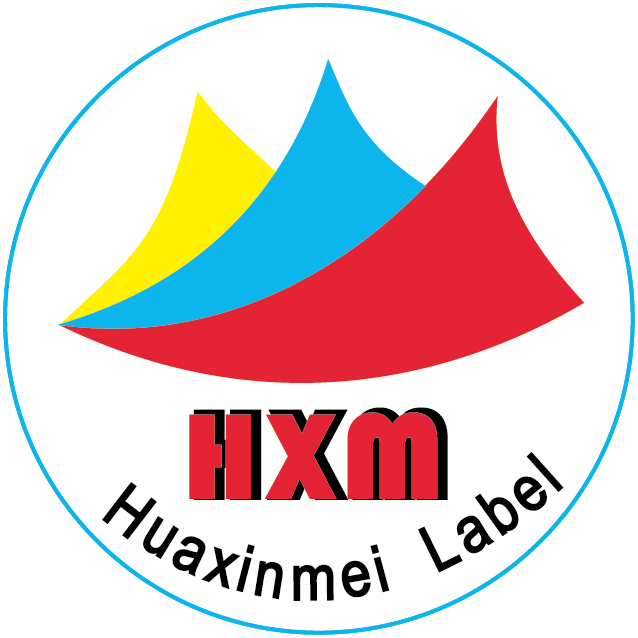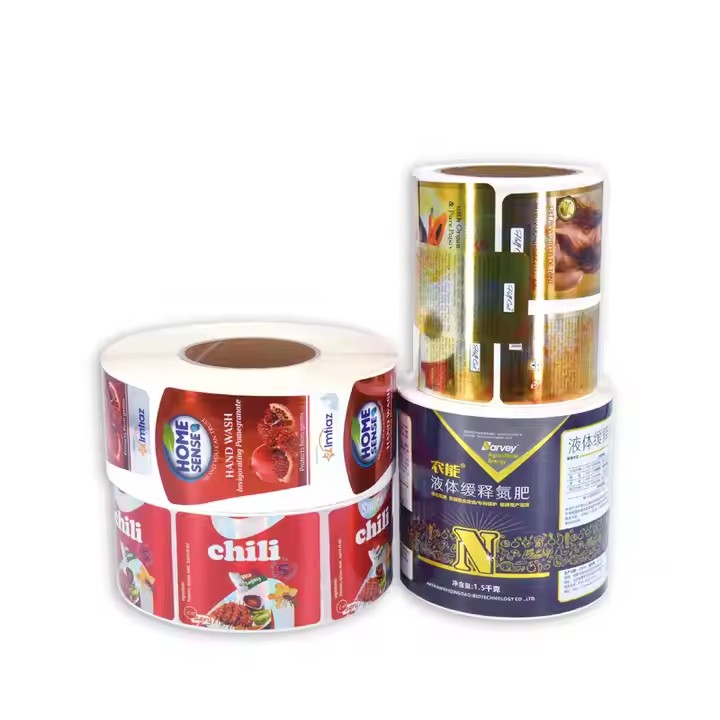I. Innovation in Design
- Integrating Diverse Cultural Elements
Draw inspiration from cultures around the world. For example, combine Japanese elements like cherry blossoms and kimono patterns with modern minimalist design and apply them to labels to create custom labels that have an oriental charm while still being fashionable. Or incorporate African tribal totems and geometric patterns into label design to make them full of mysterious and primitive beauty.
Pay attention to cultural hot topics and fashion trends. For instance, when a historical costume drama becomes popular worldwide, elements like the patterns on the costumes and architectural decorations in the drama can be extracted and used in custom label design, attracting the attention and pursuit of culture enthusiasts.
Adopting Cutting-edge Design Concepts
Use abstract art techniques. Design labels with unique combinations of lines, shapes and colors. These abstract elements can convey an emotion or concept rather than a specific image. For example, use flowing lines and sharp color contrasts to show vitality and innovation, which is suitable for labels of sports brands or tech products.
Learn from and imitate modern popular culture. Because only designs that are good-looking and unique enough can attract consumers. After all, popular designs need to be presented through certain elements and be close to popular elements so that products can become popular. For example, a few years ago, Disney launched very popular dolls like StellaLou and LinaBell. Many products collaborated with these dolls. They relied on popular things to boost the popularity of products that were not well-known before. This way is called endorsement.

Keep up with the evolution of design styles. For example, in custom label design, add neon colors, mechanical elements, digital codes and so on according to the currently popular cyberpunk style to create a sense of the future and technology, attracting young consumers who pursue trends. Young people like these cool and novel things, so we should keep up with the fashion trends of the times.
Introducing Interactive Design
Make labels with tactile feedback. For example, add raised textures to the labels, like imitating the texture of leather for high-end leather product labels, or having areas with a frosted texture, so that consumers can have a novel experience when touching the labels.
Use augmented reality (AR) or near field communication (NFC) technology. Consumers can scan the labels with their mobile phones and then see dynamic images, video introductions, or get product traceability information, interactive games and other content, making the labels an interactive window and strengthening the connection between consumers and products.
II. Innovation in Materials and Techniques
- Application of New Materials
Explore sustainable materials. Use biodegradable paper, plant fibers, recycled plastics and so on to make labels to follow the trend of environmental protection. These materials can not only reduce the impact on the environment but also highlight environmental protection signs on the labels to attract consumers with environmental awareness.
Utilize high-tech materials. For example, use nanomaterials with functions like waterproofing, oil-proofing and antibacterial properties, or luminous materials that can glow in the dark for label making. For labels of outdoor products or children’s products, these new materials can add functionality and attractiveness to the products.

Application of Innovative Techniques
Use 3D printing technology. It can make labels with three-dimensional effects, breaking the limitations of traditional flat labels. For example, make labels with 3D flowers and jewelry shapes for cosmetic brands to make them stand out on the shelves. Using innovative techniques to create products can show more styles in appearance and thus attract more consumers.
Combine laser engraving and etching techniques. They can achieve high-precision pattern and text making, creating delicate and refined label effects. This technique is especially suitable for labels of high-end products, such as luxury goods and high-end electronic products, reflecting the high-end quality of the brand. For the appearance of high-end techniques, more technologies need to be used for combination and refinement to produce better products.
III. Innovation in Personalized and Customized Services
- Providing In-depth Customization Experience
Set up an online customization platform that allows consumers to freely choose almost all elements of labels, such as shape, size, color, pattern and text. And provide a real-time preview function. Consumers can see the effect of the labels they customize on the platform, just like in a virtual design studio.
Provide customized package services. For example, launch customized label packages according to different occasions (like weddings, birthday parties, business activities) or industries (like food, clothing, home furnishings). The packages include design templates, material selections and special technique applications that match the occasions or industries, enabling consumers to obtain customized labels that meet their needs more conveniently.

Personalized Data-driven Customization
Use big data and artificial intelligence technology. Analyze consumers’ purchase history, preferences, browsing behaviors and other data to provide personalized suggestions for customized labels. For example, if a consumer often buys sports equipment, the system can recommend label designs with sports elements (like runner patterns, fitness equipment icons).
Realize small-batch production of customized labels. With the help of advanced digital printing and automated production technologies, reduce the production cost and minimum order quantity of customized labels, making personalized customized labels not only a privilege for a few people but also a product choice acceptable to a wider range of consumers.



